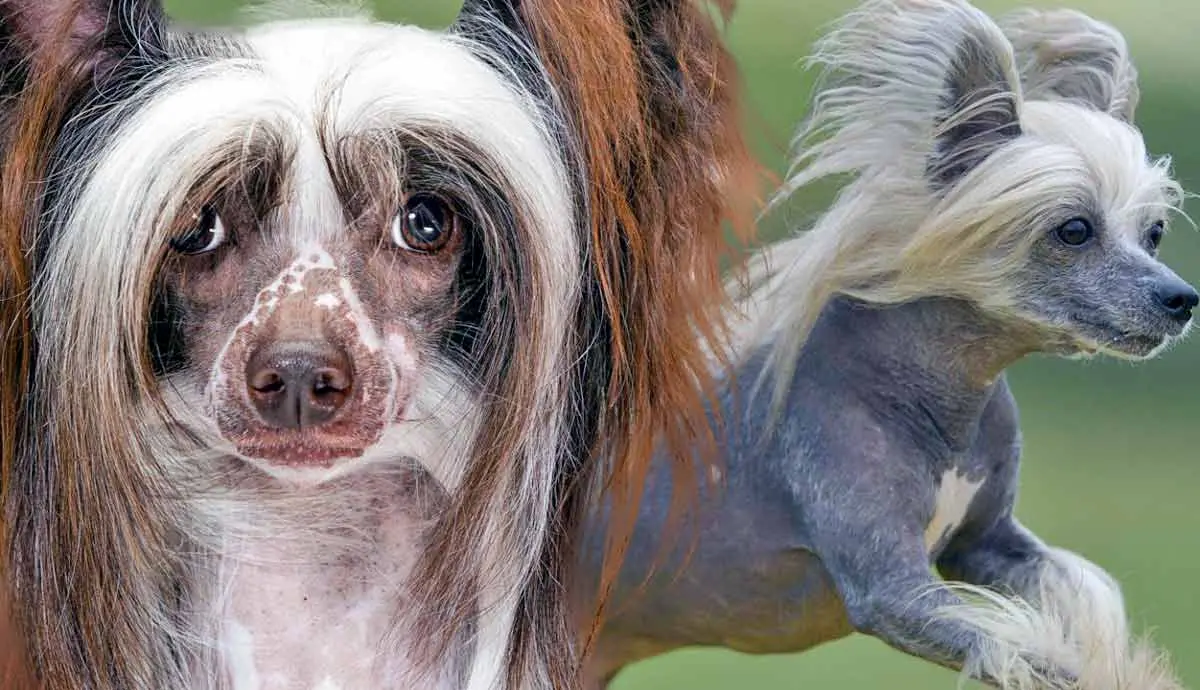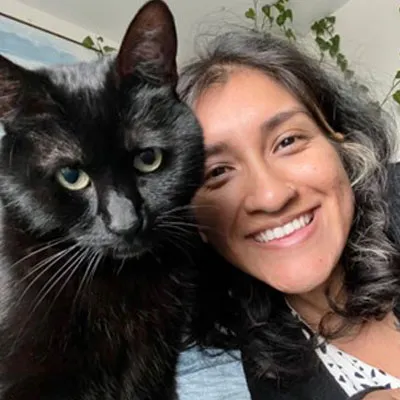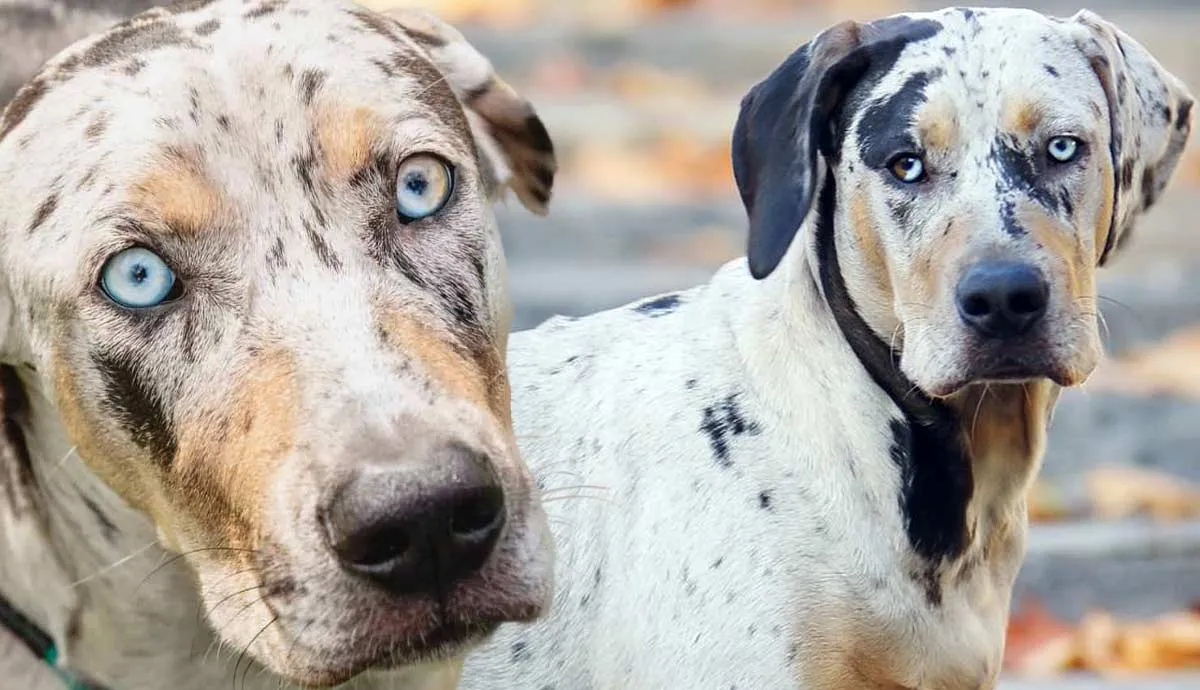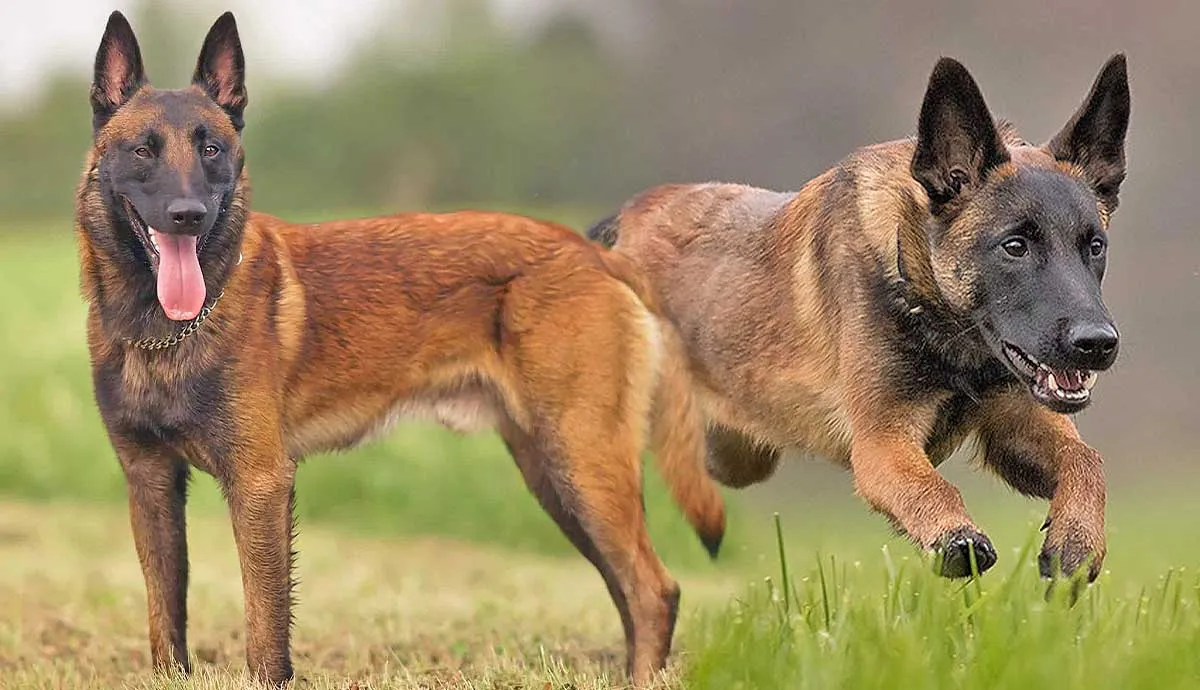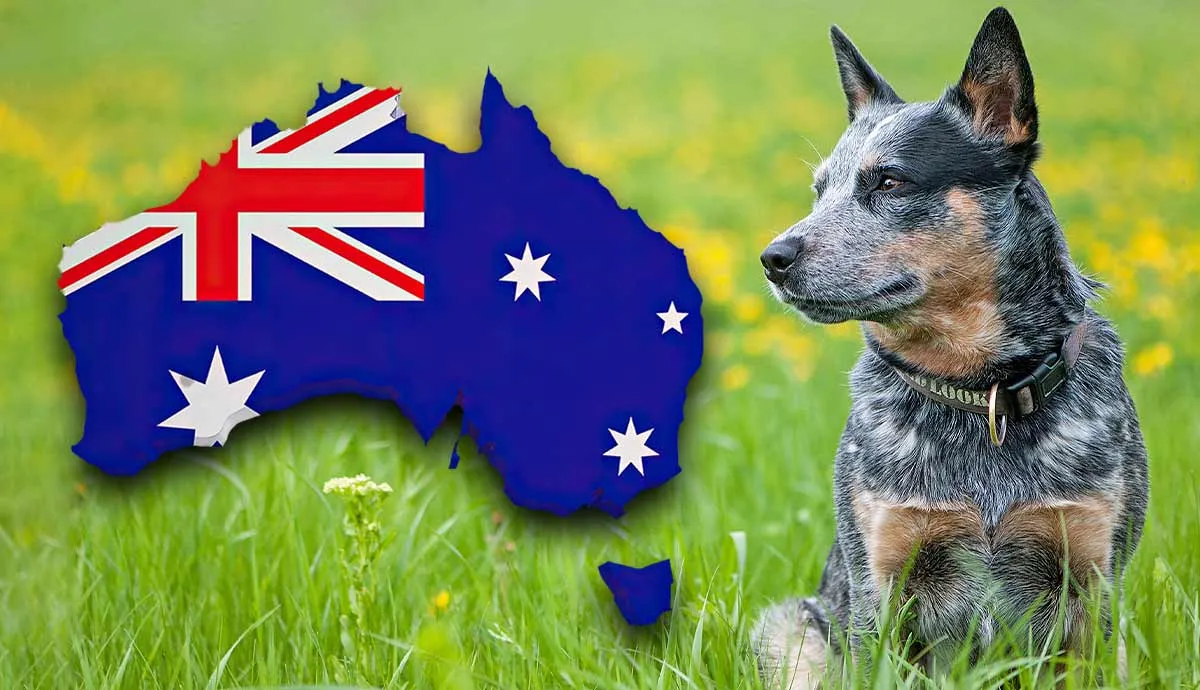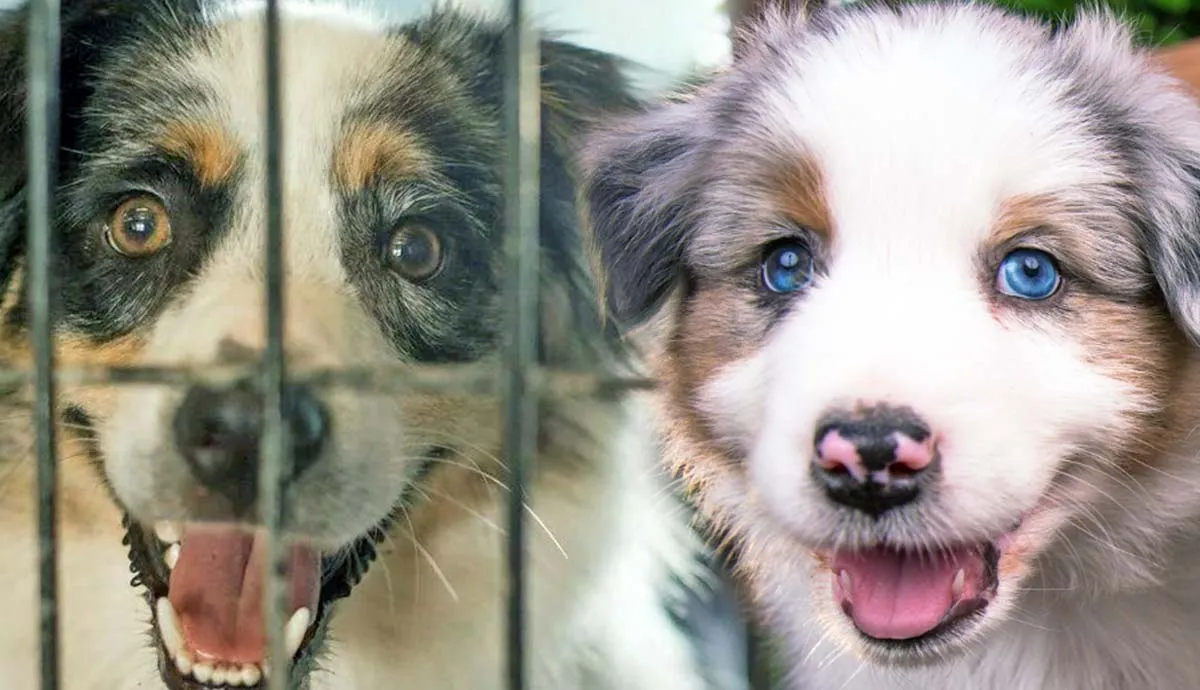Chinese Crested dogs are recognizable for their small bodies, without fur and silky locks on their heads, tails, and legs. But don’t be fooled by the size. These dogs are intelligent and have big personalities. Learn about the breed’s history across continents, behavior, health concerns, and “ugly” reputation below.
Chinese Crested Dogs May Have Originated in Africa
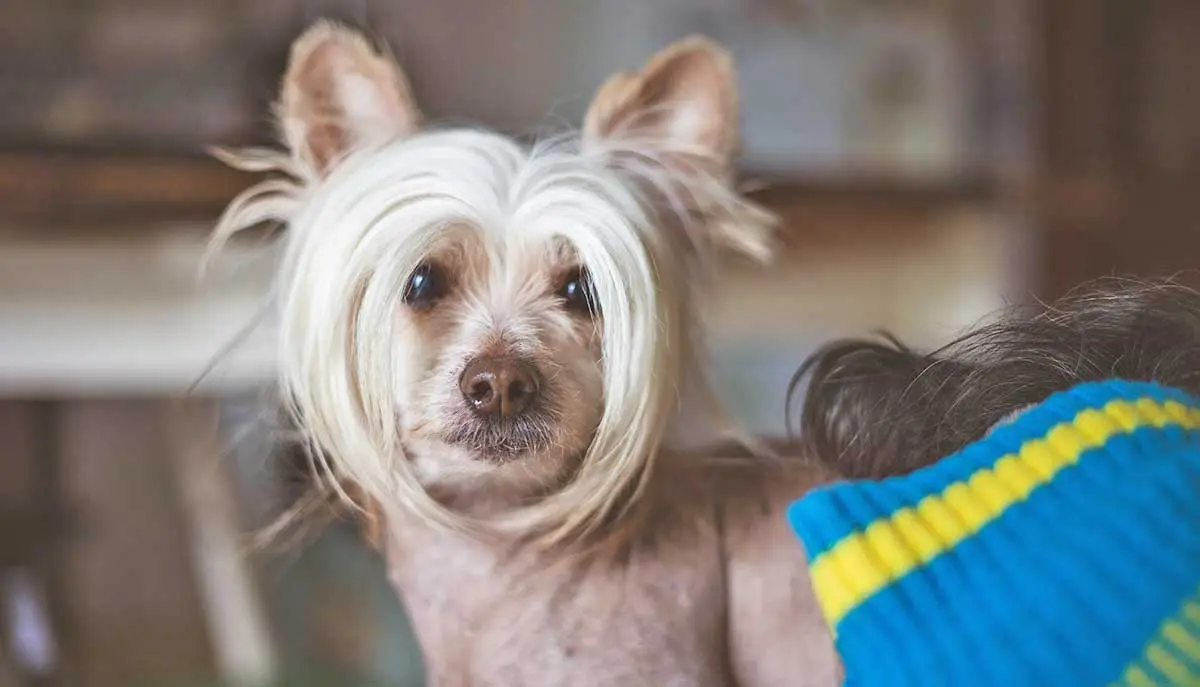
Like most ancient dog breeds, the Chinese Crested doesn’t have a complete origin story. There are only educated guesses based on how they arrived in China and earned their names. Widely accepted version that Africa transported some of its large, hairless dogs to China. From there, the Chinese made the dogs smaller after several generations of breeding.
Then, Chinese traders took the pups on boats, where they were used for catching rats with spreadable illnesses. Along the travels, Chinese Crested dogs were traded all over the world from South America to Turkey. This is how the breed got some of its earlier names, such as the Chinese Ship Dog, Chinese Hairless, and Chinese Royal Hairless.
Chinese Crested Dogs Became Popular in the 1800s

Chinese Crested dogs gained recognition and popularity in America starting in the 1800s. Ida Garrett, a journalist, was fascinated with the breed, and her written works raised awareness for these animals. She then became friends with Debra Woods, the owner of one of the only Chinese Crested breeding programs at the time. Woods’ American Hairless Dog Club would later become the Registry for all hairless dog breeds.
In 1979, the American Chinese Crested Club (ACCC) was founded, and the organization was officially recognized by the American Kennel Club in 1991. Since then, the ACCC has expanded to more than 30,000 registered Chinese Crested dogs across the United States.
Chinese Crested Dogs Come in a Hairless Variety
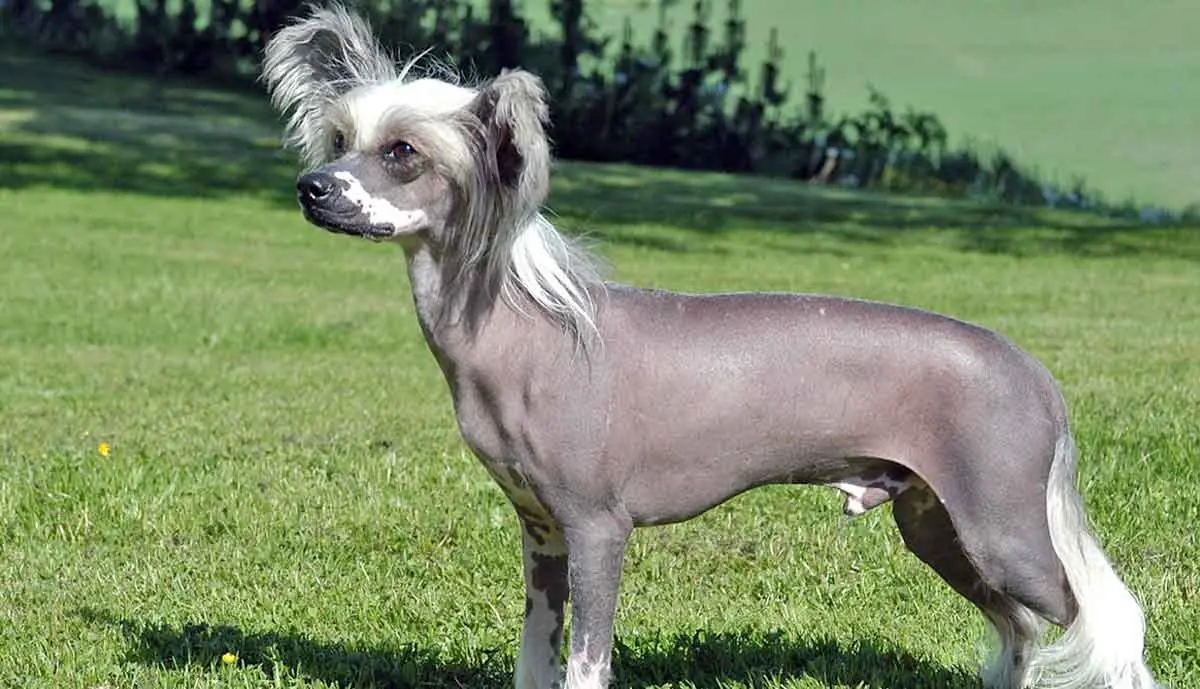
Chinese Crested dogs are one of the world’s hairless animals––and they join the Xoloitzcuintli and the Peruvian Inca Orchid in the “hairless dog” category. However, Chinese Crested have much more fur. These dogs still grow silky locks on their head (crest), along their tails (plume), and on all four feet in a way that resembles booties. They can grow fur patches in the same color as their skin, a different color, or in two colors.
Like the two previously mentioned hairless dog breeds, Chinese Crested dogs have a mutation in their FOXI3 gene that gives them mostly hairless bodies. This mutation also affects the condition of their skin and nails. It can even lead to not developing or missing a few teeth.
Powderpuff Chinese Crested Dogs Have Fur
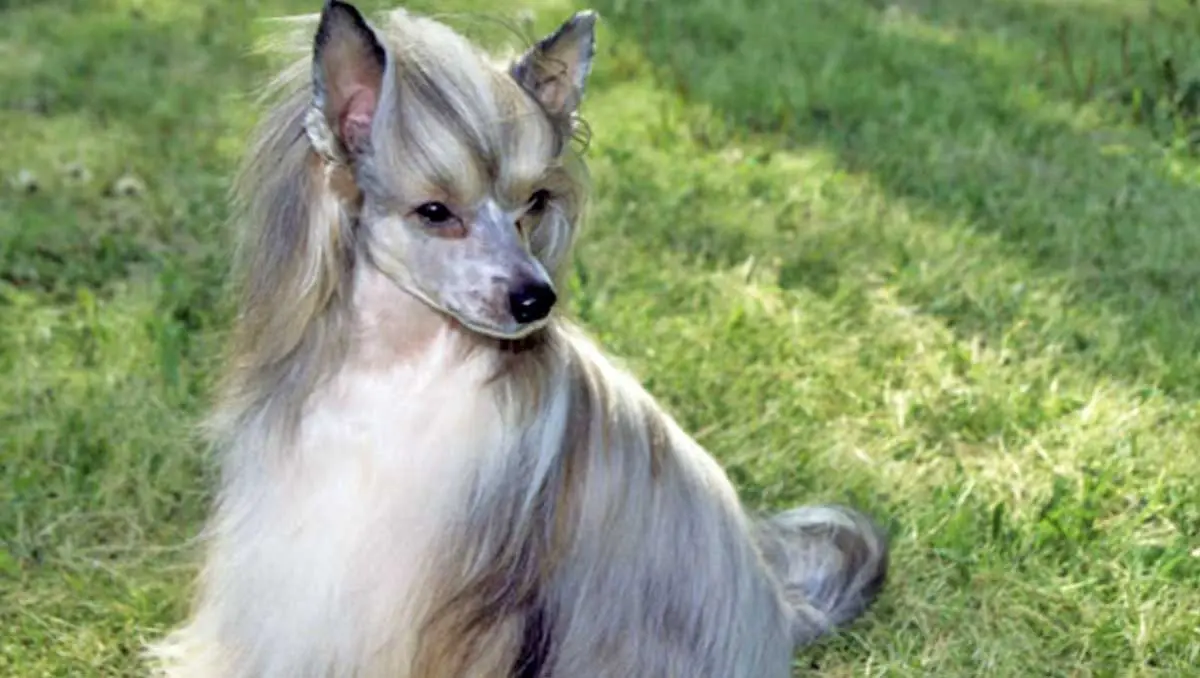
At first, the coated Chinese Crested Dog might look like a completely different breed because of its silky fur. It is also known as the Powderpuff variety and grows an elegant coat all over its body. Powderpuffs grow fur because they don’t have the FOXI3 gene mutation. The fur is actually part of a double coat with two layers of softness. The bottom layer, or undercoat, is shorter than the top layer, which is different from most other breeds that have longer fur on the bottom.
Together, the Powerpuff’s small and well-groomed appearance makes it look like a stuffed animal and fully embraces the “toy group” dog show category.
Chinese Crested Dogs Are “Toy” Breeds

It doesn’t matter if you own a coated or truly hairless Chinese Crested do; some features are common in both varieties. This is a smaller breed that only measures 11-13 inches and weighs about 8-12 pounds. They have short to medium-length coats with minimal shedding. Their fur and skin color also ranges from white or cream to chocolate to black. It is normal for Chinese Crested dogs to have spotted or white markings that give their skin a two-toned pattern.
Other breed-specific features are their lean bodies, triangle-shaped ears, wide-set eyes, and slightly curved tails. They are also known for having graceful walking movements.
Chinese Crested Dogs Are Alert, Loyal, Affectionate
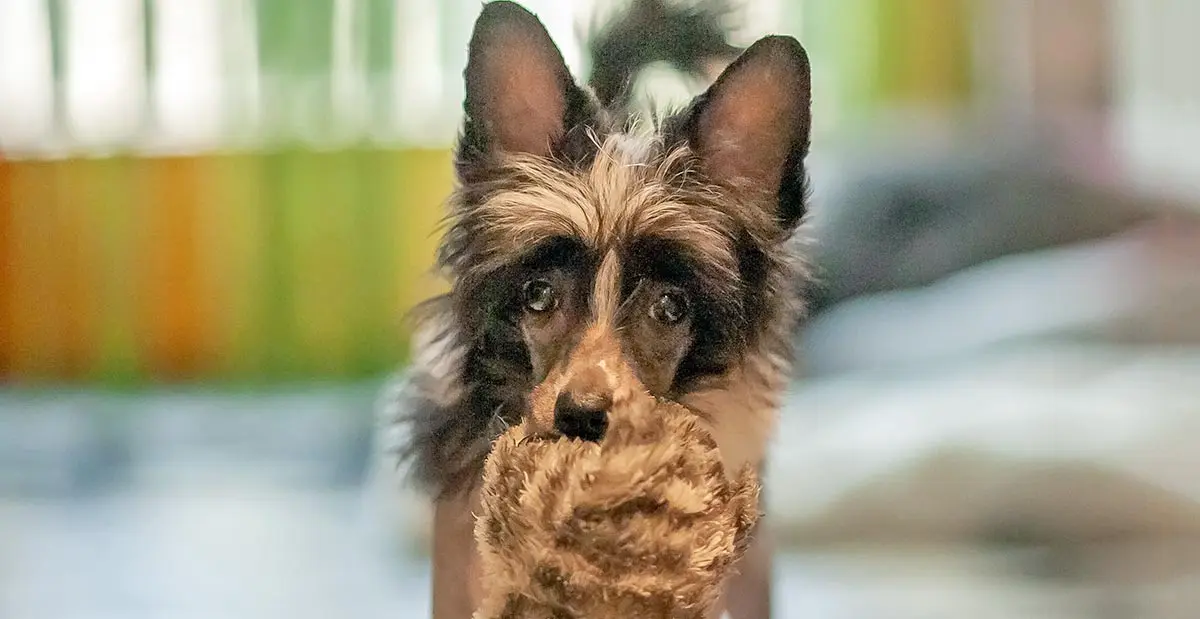
The American Kennel Club (AKC) describes these canines as loyal, alert, and affectionate. Chinese Crested dogs are moderately good with young children and other dogs and are often open to meeting strangers. They are also adaptable to changes in daily routines, such as household noise, environment, and weather. The AKC rates them as a three out of five for both energy levels and playfulness, meaning that they need decent exercise each day.
These toy group dogs are also average barkers and can have some protective instincts. Because Chinese Crested dogs are happiest with some mental stimulation and are excited about training, it’s a good idea to keep them busy with some easy-to-learn tricks.
Chinese Crested Needs Training and Exercise

As mentioned, this breed prefers daily exercise and likes being trained. Owners can help them get their wiggles out with a few short walks per day and let them get zoomies in a backyard or park. By getting the exercise canines need, Chinese Crested dogs remain content, entertained, and socialized.
One way of getting their daily dose of movement is by playing with a ball or frisbee and even training them with agility courses. The Chinese Crested can easily learn how to navigate obstacles or jump over courses to get the mental focus they need. Even with an energetic and obedient dog, the most important thing for successful training is having a kind, patient owner.
Chinese Crested Dogs Are Mostly Hypoallergenic
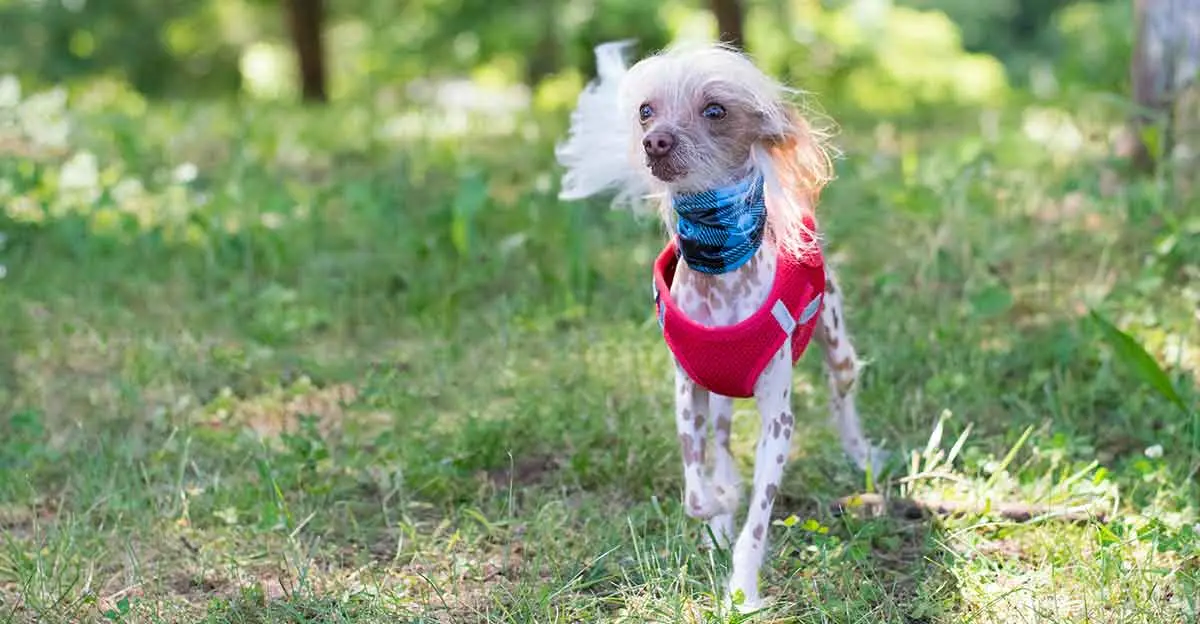
A common belief is that Chinese Crested dogs have less fur, so this makes them great pets for people with allergies. This isn’t entirely true because pet allergies aren’t caused by the amount of fur but by a dog’s saliva and skin cells. Less fur might lead to fewer allergies, but this is not an absolute promise with this breed.
If someone with dog allergies is considering a Chinese Crested as a hypoallergenic pet, it is recommended to spend time with one first. They should interact with this breed in person and notice any symptoms. Only then will they know if these dogs trigger the sniffles and stuffy noses.
Powderpuff Chinese Crested Dogs Need Grooming
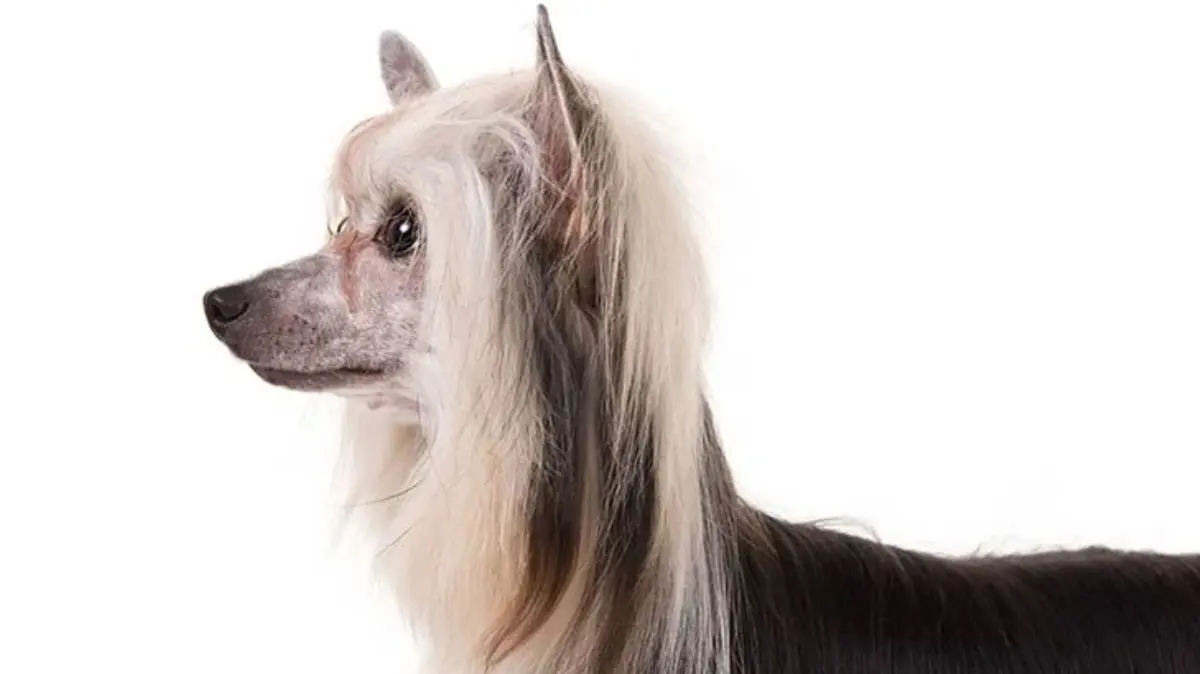
Powderpuffs, the name for coated Chinese Crested dogs, still need regular grooming. The short undercoat makes them easy to brush, but it can become matted if not groomed multiple times a week. This also applies to the hairless variety. The fur on their heads, tails, and legs needs frequent brushing to keep its silkiness.
Hairless Chinese Crested pups, especially those with light-colored skin, are at risk for sunburn. They can only spend a limited amount of time in the sun and should wear dog-friendly sunscreen or UV-blocking jackets. In the long run, this can cut down on some common skin issues in dogs.
Chinese Crested Dogs Have Some Health Concerns
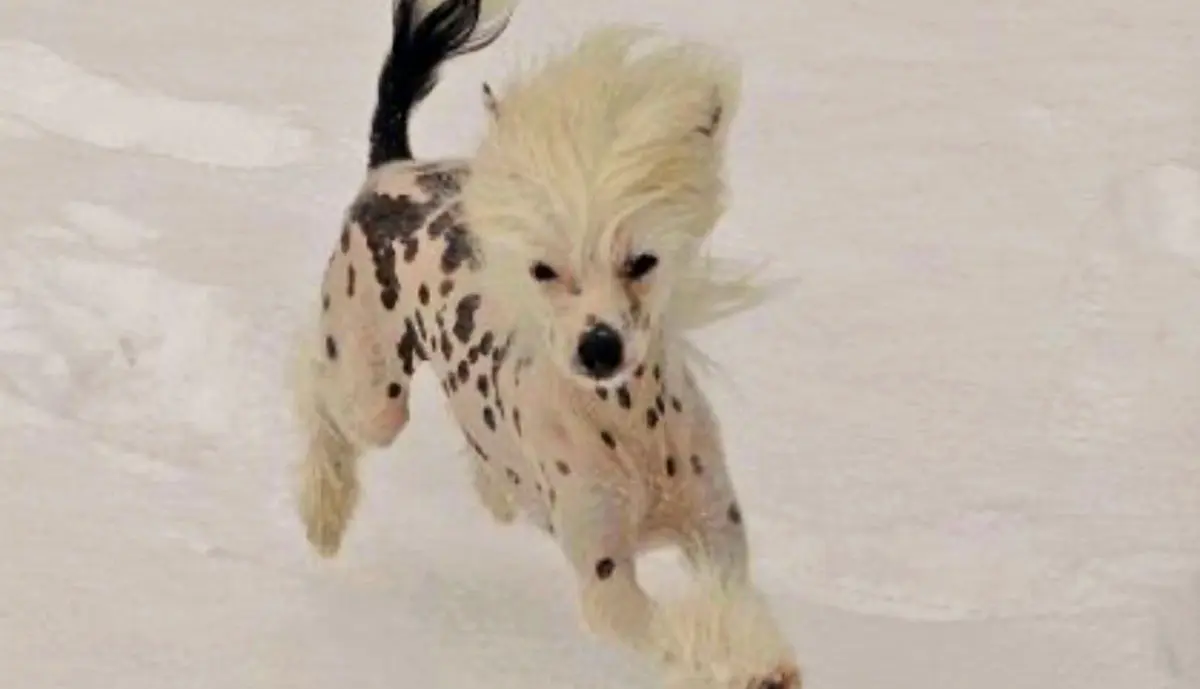
Along with regular grooming, Chinese Crested dogs need yearly physical exams to rule out any diseases that the breed is known for. They can develop inherited eye problems, such as glaucoma or progressive retinal atrophy, an abnormal cell growth in the retina, which can lead to blindness.
As a small breed, they also need patella exams for the prevention of patellar luxation, where the kneecap falls out of the socket and becomes dislocated. These health concerns may have obvious symptoms, while others are less visible. This is why annual vet visits and evaluations are crucial for preserving a Chinese Crested dog’s health. They can also prevent some of the common health issues in dogs.
Chinese Crested Dogs Compete in Dog Shows
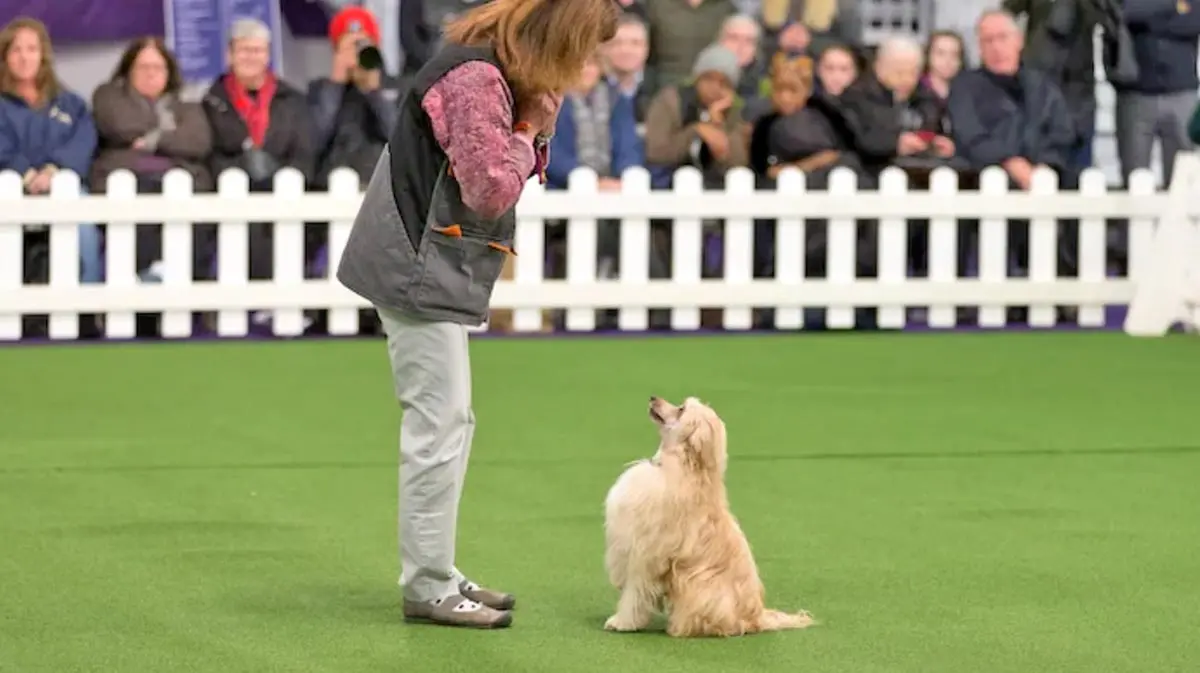
In the late 1800s, American dog shows began receiving entries for the Chinese Crested. Since 1991, the AKC has recognized this breed, and both the hairless and Powderpuff varieties compete under the “Chinese Crested” label. Dog shows follow strict judging standards that describe the ideal Chinese Crested look and include disqualifications for features like curly fur or having a robust structure.
These dogs have accomplishments in the Best of Breed and Obedience categories. At the 2018 AKC National Obedience Championship, a 12-year-old Powderpuff named Lars earned two of the most elite titles- Obedience Trial Champion and Grand Master. Lars is the only Chinese Crested pup with the latter AKC title. It turns out old dogs can learn new tricks!
Chinese Crested Dogs Have an “Ugly” Reputation
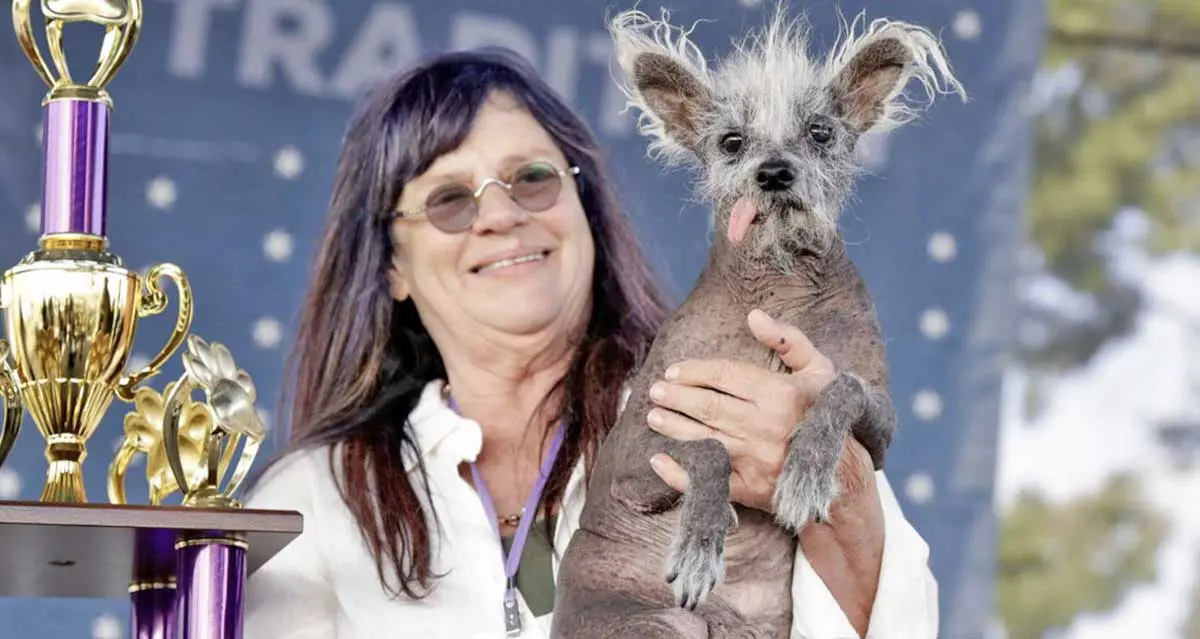
Chinese Crested canines have a reputation for being “ugly” dogs in competitions. This breed has claimed the Sonoma-Marin Fair’s prize for World’s Ugliest Dog the most times in the past 22 years. Out of the 20 competitions held in Petaluma, California, since 2002, a Chinese Crested has won 12 times. A blind rescue named Sam even took home the prize three years in a row from 2003-2005.
Typically, the winners are from shelters and considered unattractive because of their appearance. Many have unruly, patchy fur on their head and an adorable tongue that permanently sticks out. This year’s winner, Scooter, was born with a deformity that caused his hind legs to grow backward and prevented him from walking on all four legs. But make no mistake: these little gremlins are loved by their dog parents.
Chinese Crested Dogs Are in Popular Media
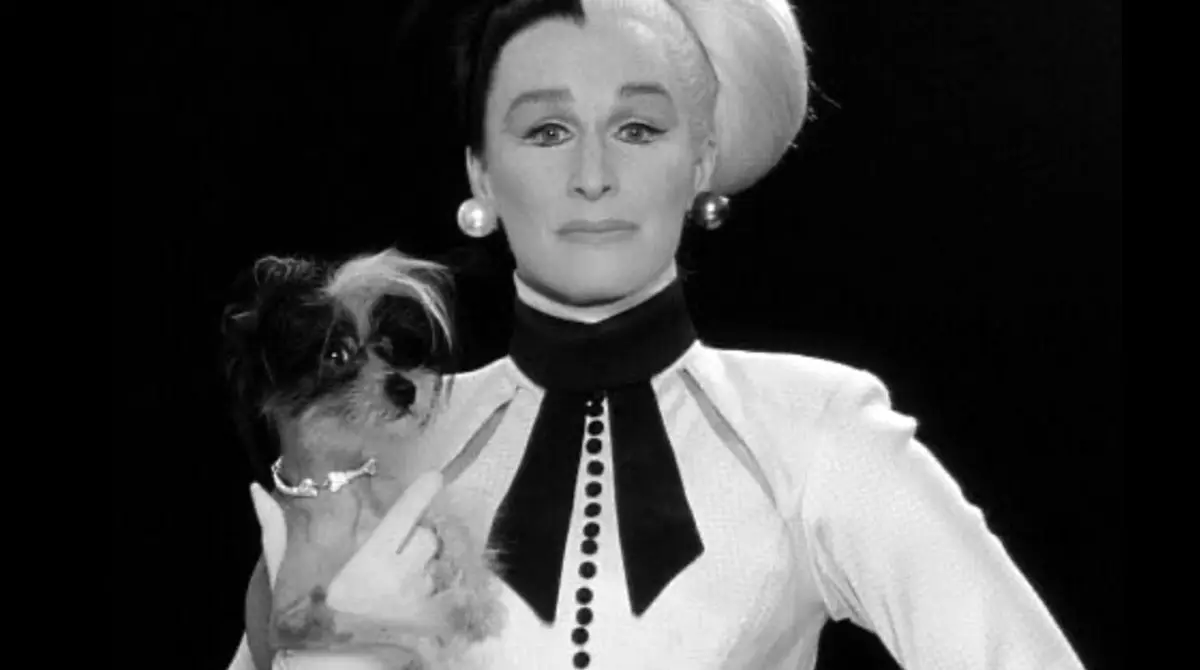
This breed usually makes a splash in the news for its countless Ugliest Dog winnings, but the Chinese Crested breed has also made a few appearances in film and television. It has a role in “102 Dalmatians” as Cruella De Vil’s pet named “Fluffy.” A Chinese Crested dog also appears in the American sitcom “Ugly Betty” as “Halston” and in the children’s film “Hotel for Dogs” as “Romeo.” American actress Amanda Bynes even arrived at a movie premiere with a pink and slate Chinese Crested friend in the early 2000s.
Chinese Crested dogs are an ancient breed that comes in a hairless and Powderpuff variety and are excellent for training in agility courses. They need occasional baths, regular fur brushings to prevent matting, and sun protection. While they often win Ugly Dog Awards, they are affectionate and clever dogs.
